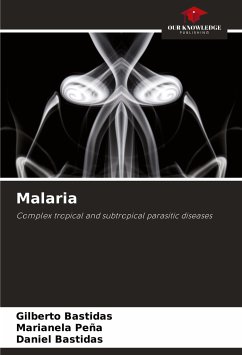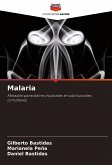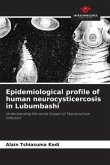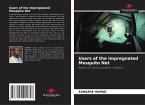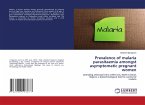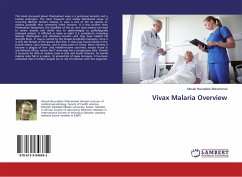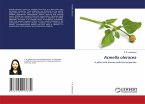Malaria is considered a serious public health problem worldwide due to the high burden of morbidity and mortality it causes, especially in tropical and subtropical countries, including those with low to medium economic income. It is a pathology whose primary risk factors contributing to the maintenance and reemergence of the disease are still unalterably persistent and with increasing growth and dispersion of resistance to antimalarial drugs. For this reason, this text aims to provide updated and quality information on the disease, parasite life cycle, biological characteristics of the parasite, transmission, parasite-host interaction, parasite genome-proteome, reservoirs, clinical manifestations in humans, diagnosis, treatment, epidemiological behavior of the disease, changes in the burden of morbidity and mortality, interaction between human and primate Plasmodium spp. species, sanitary measures for control and other aspects of great interest to health personnel.
Bitte wählen Sie Ihr Anliegen aus.
Rechnungen
Retourenschein anfordern
Bestellstatus
Storno

